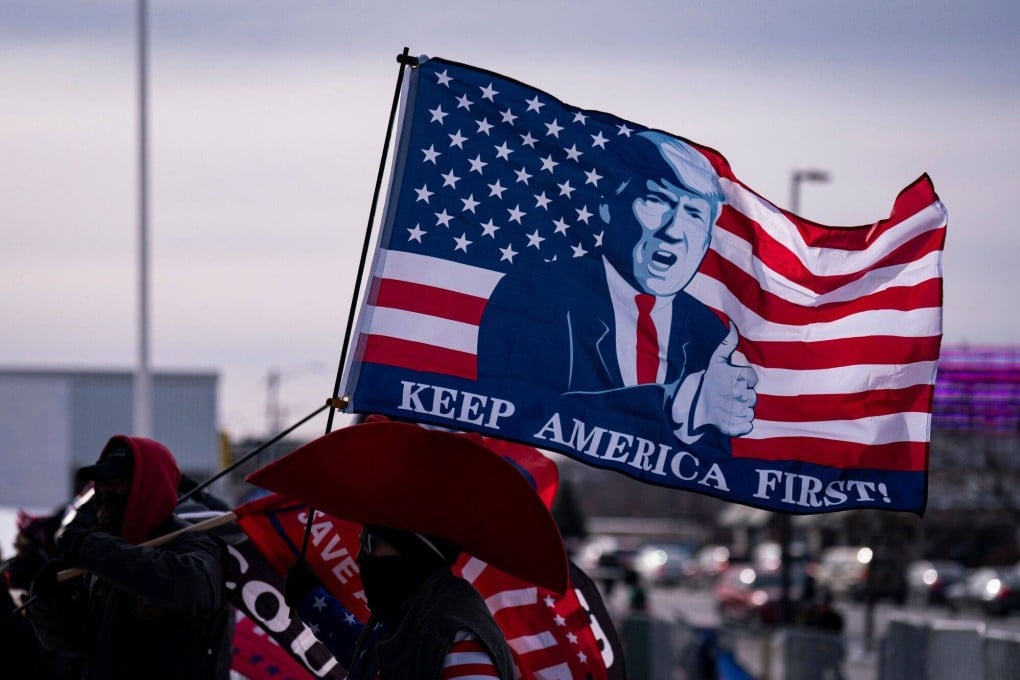The View | Trump’s tariff threat signals no relief from US-China trade pain
- Donald Trump’s pledge of expanded, ‘eye for an eye’ tariffs if he wins the presidency threatens a return to an era of depressed trade and growth
- US firms, importers and allies should prepare for the effects of Trump’s possible re-election

True, virtually every country imposes some restrictions on imports and coddles domestic businesses with incentives. Further, trade blocs provide privileges to members that put outsiders at a disadvantage. Industrial policies are being refitted to support national security imperatives, while government procurement preferences support domestic industries and the jobs they create.
That said, world trade remains robust. The World Trade Organization (WTO) sees the US$35 trillion in trade flows increasing by 3.3 per cent this year. A rash of beggar-thy-neighbour policies would jeopardise this outlook.
Trump calls himself the “tariff man”. He sees tariffs as a good source of income and a weapon to protect US workers. He relishes escalating trade hostilities with Beijing. His call for an across-the-board tariff on all imports and reports that he is considering a 60 per cent levy on China fit into this “America First” agenda.
